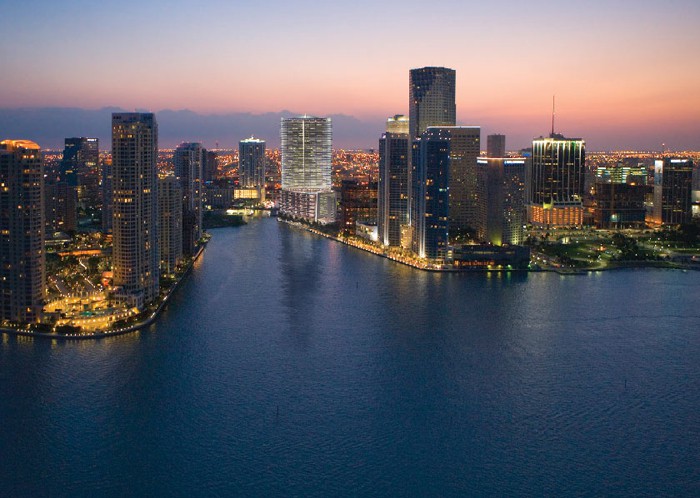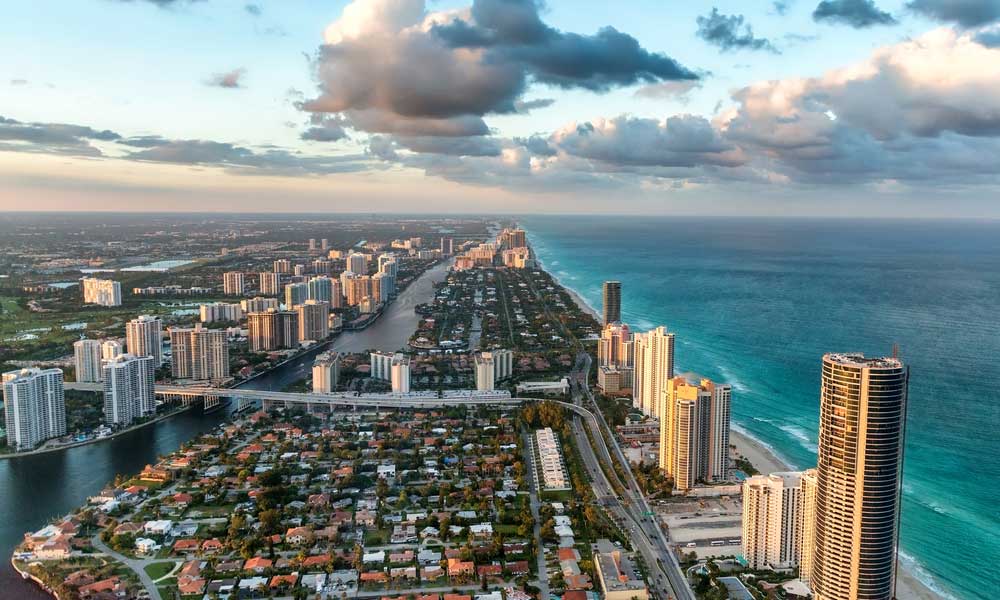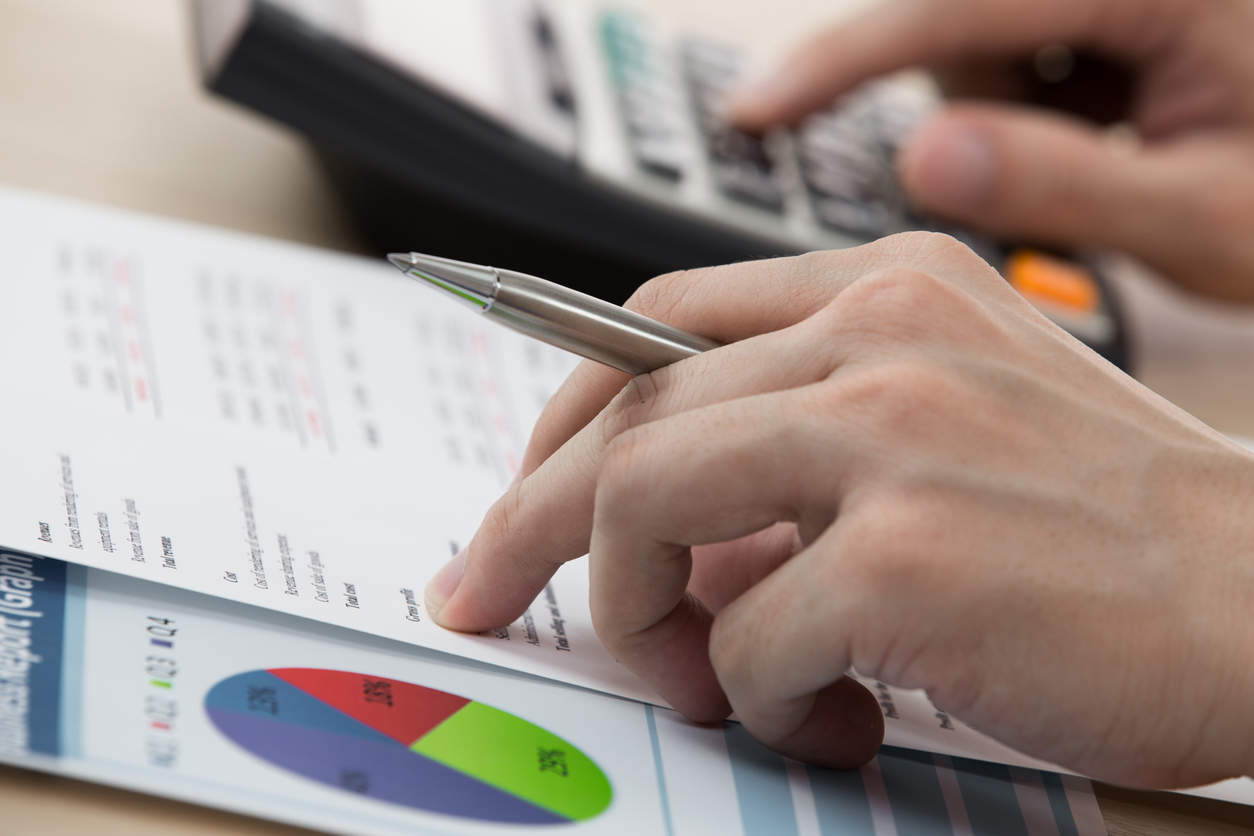Greetings Real Estate Investors,
The Miami Herald recently published an article detailing the different property tax rates in Miami-Dade county for various municipalities. Since it is tax season and that horrible three letter word is on all of our minds we decided to look a little more closely the list. Specifically we are going to detail the 10 municipalities with the lowest 10 rates and give our opinion in terms of whether or not these areas offer other strengths or weaknesses for purchasing your next real estate investment.
Here is the image from the Miami Herald’s article, they had more but we are looking at the lowest 10.

We will start at the top of the list and work our way down…
Sunny Isles Beach
This is a no brainier and an no-go on investment, this luxury enclave of million dollar condos is where you want to live not where you want to invest, the high cost to purchase and the astronomical Condo fees mean that it doesn’t matter how low the property taxes are your bottom line will get massacred!
Cutler Bay
The little town that was formerly known as Cutler Ridge has come a long way since it was just a few homes on the way to Homestead. There are several condo communities that were built within that last decade that provide a lot of bank for your buck. We would definitely advise taking a look down the road at this community, the low tax rates combine with a low cost of entry to make this a very attractive place to invest. There is one thing you have to be very aware of, there is a part of the community that is close enough to the giant Miami-Dade County trash mountain that there is a noticeable stench on some days. This has kept property values low, so you can get a great deal but you also may have trouble finding good tenants who will stay for long.
Miami Lakes
You definitely would not want to invest in a single-family home here but there are several condo communities that are very good deals. The community itself is very much tailored to working families so in general it tends to attract very good stable tenants. The prices are definitely higher than Cutler Bay but you are getting what you pay for in terms of a very nice and community that also draws commuters because of its proximity to the Palmetto Expressway.
Palmetto Bay
Same as Cutler Bay but 10 minutes further north.
Pinecrest
Not much to say it’s too expensive to invest.
Unincorporated County
This is probably our number one pick on the list because it comprises so many options that are so much more central the work centers and Downtown than Cutler Bay, Palmetto Bay and Miami Lakes. The only one that comes close is Doral, but as you will see when we discuss it next the cost of entry is much higher. The unincorporated county comprises areas such as Shenandoah, Westchester, and basically everything West of US1 starting at 57th Avenue. You can find some great Single-Family homes in these areas that have sturdy construction and access to some of the best spots in the rest of the city.
Doral
This is our number two pick, but if you prefer that your portfolio be filled with newer construction then this might be the first place that you want to look for your next investment property. Most of the properties are townhomes and most were built within the last two decades. What you need to watch out for the the HOA fees because some communities are much higher than others. But the low tax rate combines with some exceptional properties and excellent location to make Doral a place you should definitely look into.
Aventura
We used to be higher on this city but recently there has been so much development that it feels like the traffic makes it impossible to get around after 9am. Still there is a definite draw for quality tenants who want to live in a semi-luxury community. Cost of entry is high but the low tax rate can somewhat offset that, although Condo fees still remain high, so only look here if you really like the mall!
Bal Harbour
Pretty much the same story as the Key but there are some condo buildings that are a bit older that can provide a more manageable amount of cash out of pocket. The area is growing as well with revitalization happening in the famed Bal Harbour shops and the surrounding areas. Again you should vacation here but probably not invest.
Key Biscayne
It is surprising that such an expensive community would have the lowest tax rate in the county but we might guess a reason…good lawyers? But there isn’t much else to say, while this may be a great place to buy your next vacation property, the high cost of entry means you should probably avoid investing here unless you have very deep pockets!
We hope that gives you some insight into where you make your next purchase…start in Unincorporated Miami-Dade county if you are looking for Single-Family and start in Doral if you are looking for new construction townhomes. If you want to have low cost of entry look down the road in Cutler Bay and Palmetto Bay.


